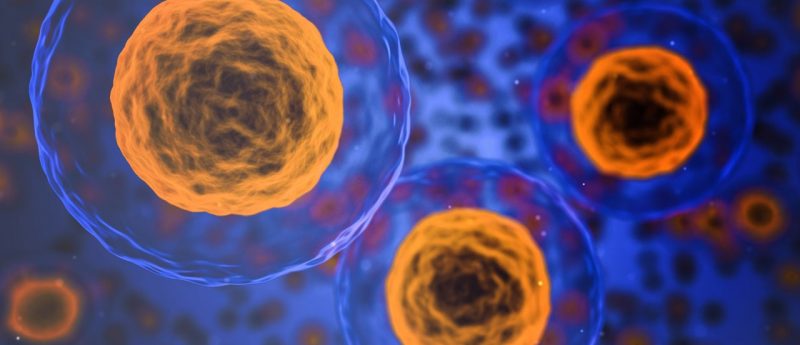10 Tips for Preventing Mycoplasma Contamination

Mycoplasma contamination is a serious and wide-spread problem in cell culture research. Mycoplasma is often passed from culture to culture and from lab to lab, unknowingly putting millions of dollars of research money at risk, since experimental data collected from mycoplasma-infected cell cultures can be inconsistent and inaccurate. Because stem cell lines are cultured for long periods of time, often exchanged between labs, and are extremely sensitive to environmental and biological changes, the threat of mycoplasma contamination should not be overlooked
Incorporating these tips and a routine screening process can prevent mycoplasma contamination from affecting your lab’s research and results.
Tip 1. Always wear personal protective equipment (PPE) in the cell culture lab. At minimum, this should include a dedicated, clean lab coat and gloves.
Tip 2. Know your cells’ origins. Infected cell cultures are the biggest source of mycoplasma cross-contamination. Always get your cell lines from a reliable source, and be sure they have been recently screened for mycoplasma contamination.
Tip 3. Use proper sterile technique. Since mycoplasma can easily be spread through aerosols and droplets, watch for drips from pipettes as you work, and clean up spills immediately.
Tip 4. Keep your lab space clean. Shared cell culture labs are a danger zone for mycoplasma cross-contamination. Sterilize your work surfaces and any equipment before, during, and after you use it. Regularly clean water baths and incubators, including the water pan.
Tip 5. Work with only one cell line at a time. To avoid cross-contamination, only have a few plates of cells and one open bottle of media in the hood at one time. The more you have going on, the easier it is to make a mistake.
Tip 6. Don’t use the hood for storage. Extra containers or equipment can block the airflow and prevent proper circulation and sterile filtration within the hood.
Tip 7. Keep media bottles and cell culture dishes covered. Arrange media bottles in the hood so that you don’t have to reach over any open dishes to get to them. Keep the covers and lids on everything that’s not in immediate use.
Tip 8. Use antibiotics responsibly and sparingly. Typical antibiotics have no impact on mycoplasmas, since they lack the cell wall that these antibiotics attack. Mycoplasma infections often co-occur with bacterial contamination, and the long-term use of antibiotics can hide low levels of contamination, making it difficult to troubleshoot aseptic technique or materials. In general, the routine use of antibiotics is not recommended for any stem cell culture.
Tip 9. Keep good records. Maintaining thorough records of cells entering and leaving the lab, test results, contamination incidences, and lot numbers, for example, makes it much easier to identify possible contamination sources if needed.
Tip 10. Screen for mycoplasma regularly. Since mycoplasma is difficult to detect and does not overtake the cells in culture, it is best to test all cells in culture routinely, in addition to screening all new cell lines entering the lab, at the starting point of any long-term experiment, and prior to publication.
Learn more about mycoplasma and how to protect your lab against it in the webinar, “Mycoplasma 101: A Practical Guide to Prevention, Detection, and Treatment of Mycoplasma Contamination
Mycoplasma 101- A Practical Guide to Prevention, Detection, and Treatment of Mycoplasma Contamination from Biological Industries USA on Vimeo.